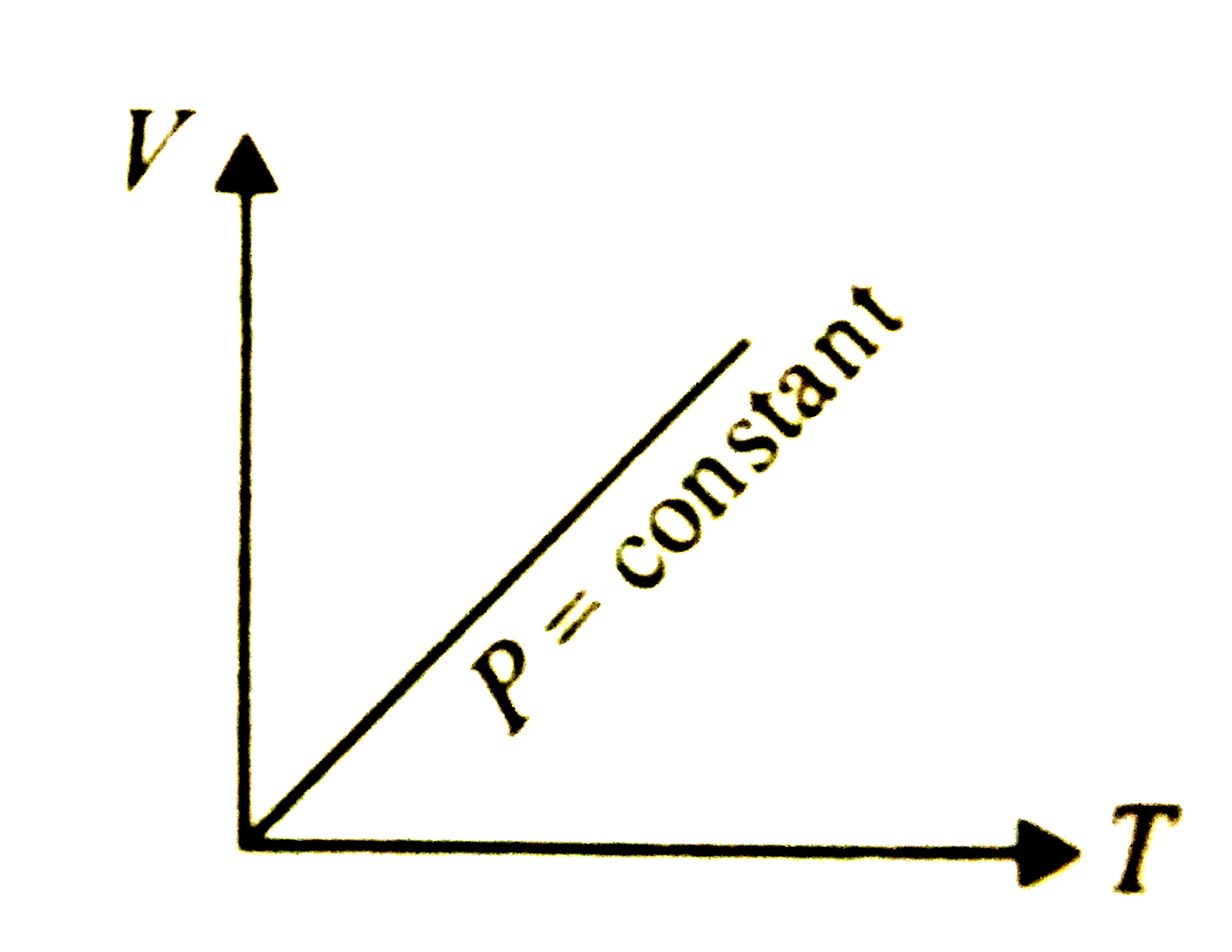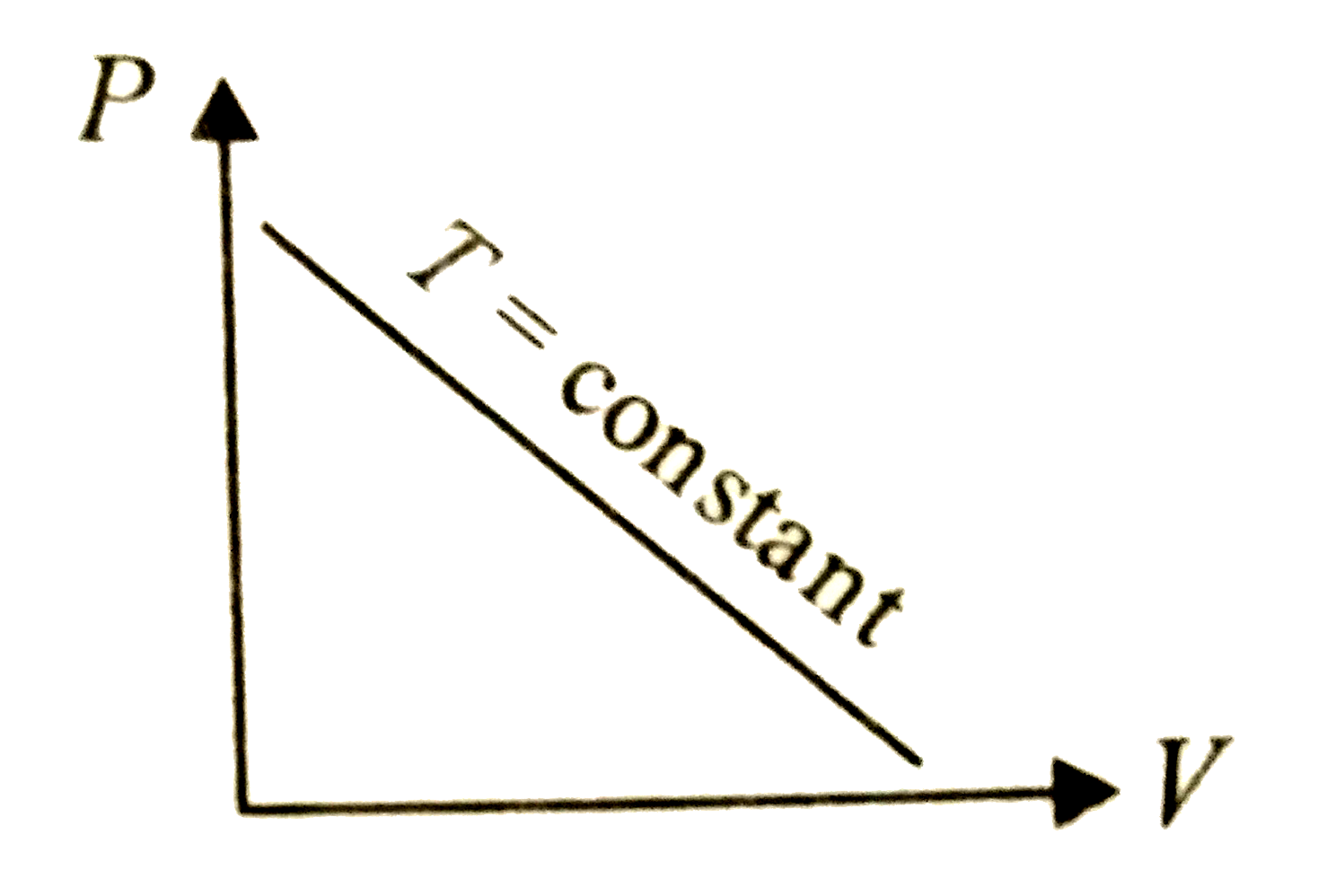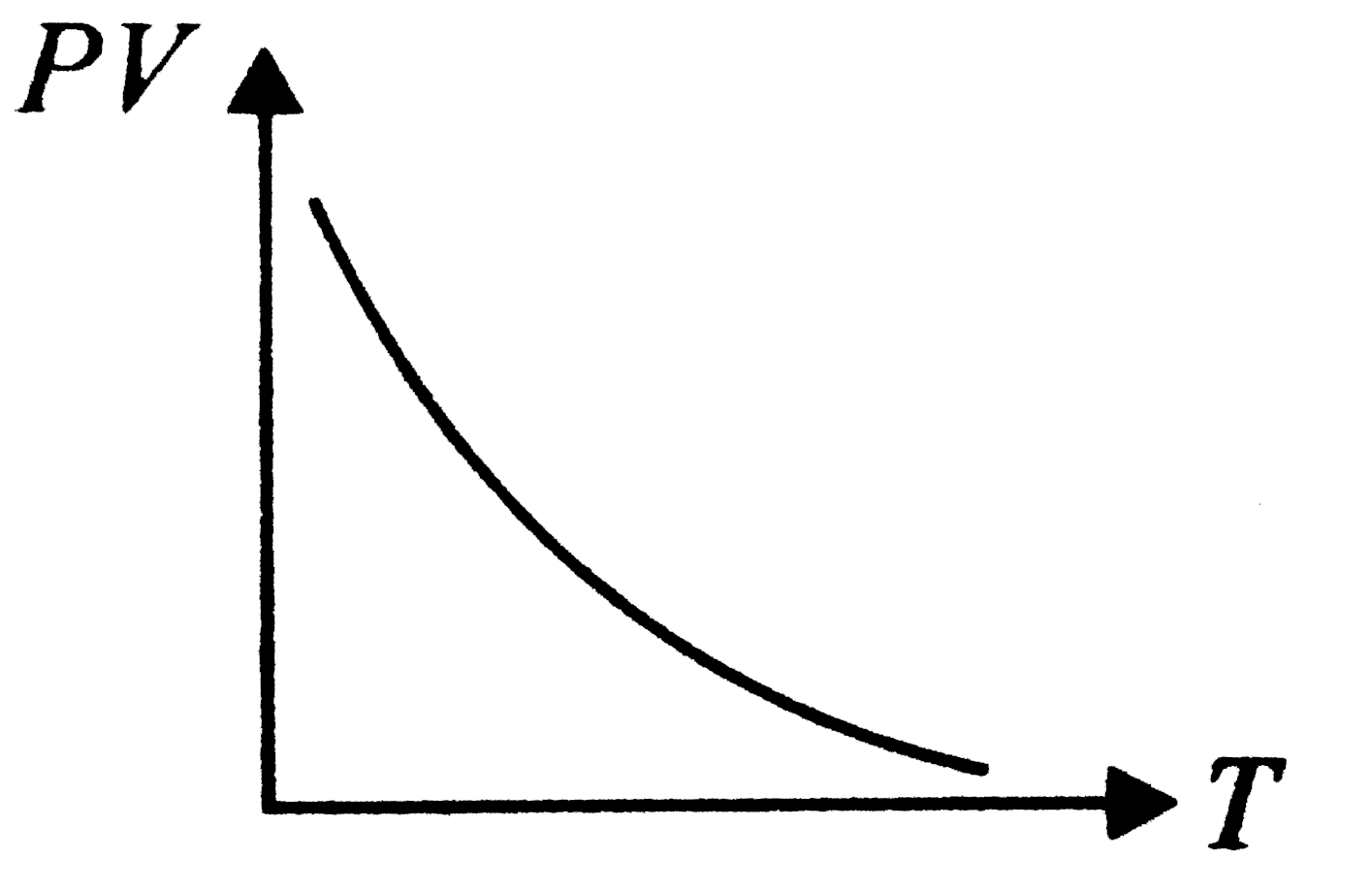General behaviour of O3 is
Gives electrons
Gives O2
Reaction with H2
Accept electrons
The correct Answer is:B
To solve the question regarding the general behavior of ozone (O₃), we can analyze the options provided and understand the properties of ozone.
1. Understanding Ozone (O₃): Ozone is a triatomic molecule consisting of three oxygen atoms. It is a pale blue gas with a distinct smell and is found in the Earth's stratosphere.
2. Ozone's Role in the Atmosphere: Ozone plays a crucial role in absorbing ultraviolet (UV) radiation from the sun. This absorption protects living organisms from harmful UV rays.
3. Decomposition of Ozone: When ozone absorbs UV radiation, it can decompose into diatomic oxygen (O₂) and a free oxygen atom (O). The reaction can be represented as:
2O3→3O2
This indicates that ozone can release oxygen molecules.
4. Evaluating the Options:
- Option A (Gives electrons): This is not a typical behavior of ozone.
- Option B (Gives O₂): This is consistent with the decomposition of ozone into oxygen.
- Option C (Reaction with hydrogen): While ozone can react with hydrogen, it is not a primary behavior.
- Option D (Accept electron): Ozone can act as an oxidizing agent, but this is not its general behavior.
5. Conclusion: Based on the analysis, the general behavior of ozone (O₃) is best described by Option B (Gives O₂), as it releases oxygen upon decomposition.
Final Answer:
The general behavior of O₃ is that it gives O₂ (Option B).
---
2O3→3O2
This indicates that ozone can release oxygen molecules.
- Option A (Gives electrons): This is not a typical behavior of ozone.
- Option B (Gives O₂): This is consistent with the decomposition of ozone into oxygen.
- Option C (Reaction with hydrogen): While ozone can react with hydrogen, it is not a primary behavior.
- Option D (Accept electron): Ozone can act as an oxidizing agent, but this is not its general behavior.
The general behavior of O₃ is that it gives O₂ (Option B).
Similar Questions
Knowledge Check
Strong reducing behaviour of H3PO2 is due to
A1. low oxidation state of phosphorusB2. presence of two - OH groups and one P-H bondC3. presence of one - OH group and two P-H bondsD4. high electron gain enthalpy of phosphorus.Which of the following graphs represent the behaviour of an ideal gas ?
A1. B2.
B2. C3.
C3. D4.
D4.
Thiosulphate reacts differently with iodine and bromine in the reactions given below :
S2O2−3+I2→S4O2−6+2I−
S2O2−3+2Br2+5H2O→2SO2−4+2Br−+10H+
Which of the following statements justifies the above dual behaviour of thiosulphate ?ABromine is a stronger oxidant than iodine.BBromine is a weaker oxidant than iodine.CThiosulphate undergoes oxidation by bromine and reduction by iodine in these reactions.DBromine undergoes oxidation and iodine undergoes reduction in these reactions.
Anomalous behaviour of oxygen is due to
View SolutionAnomalous behaviour of oxygen is due to
View SolutionName the equipment used in measuring thermal behaviour of water
View SolutionAnomalous behaviour of nitrogen is due to.
View SolutionHormone responsible for aggressive behaviour of an animal is
View Solution
